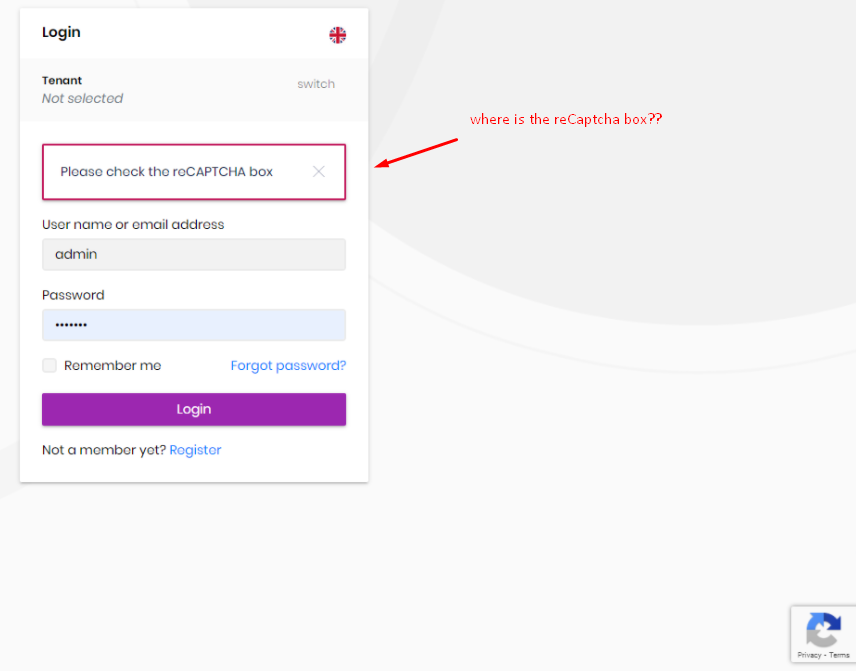



There are many varieties of CAPTCHAs, each with unique advantages and disadvantages. The use of CAPTCHAs is widespread–over 30 million websites use reCAPTCHA alone–and the tests are typically placed at gate points in the user experience, such as a download or account creation form, a ticketing system, or a comments section.ĬAPTCHAs help businesses filter out potential spam comments, ticket inflation, or even account takeover attacks from malicious bots. Why is CAPTCHA Used?ĬAPTCHA is used by any website that wants to restrict access from bots. As a result, more advanced CAPTCHA now leverage behavior recognition and fingerprinting to maintain website security. These tests are meant to be quick and easy for a human, but difficult for computer programs, which viewĬAPTCHA has been around since the late 1990s, and by now, advanced bots are often able to bypass simple text and image-based CAPTCHAs. There are many types of CAPTCHA, which we will explore in detail below, but for the most part, these tests revolve around tasks that rely on human sensory and cognitive skills, such as identifying the contents of an image or deciphering a line of distorted text. What Happens when Bots Bypass Your CAPTCHA? What is a CAPTCHA?ĬAPTCHA is an acronym that stands for Completely Automated Public Turing test to tell Computers and Humans Apart.Ī CAPTCHA is a tool that is utilized online in order to tell humans apart from programs. As a result, CAPTCHAs are now both less effective at blocking bots and more difficult for actual humans to complete. But all those years putting the kibosh on bots and hackers means that bad actors have had a lot of practice getting past these challenges. These tests are called CAPTCHA, short for Completely Automated Public Turing to tell Computers and Humans Apart, and for decades they’ve been the first line of defense against bots and fake traffic. We’ve all encountered the increasingly convoluted tests that ask us to prove our humanity by reading bad cursive, identifying traffic lights, or finding the bus in a grid of oddly bus-like planes. If you’re a human on the internet, chances are you’ll be asked to prove it at some point.


 0 kommentar(er)
0 kommentar(er)
